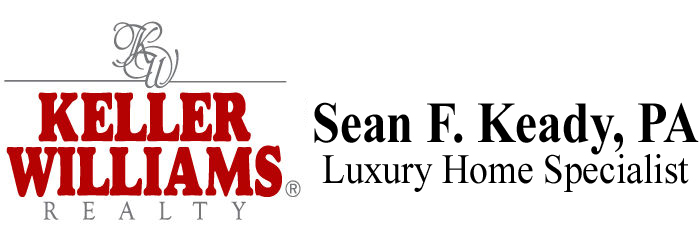Pricing your home to sell is a crucial aspect of the selling process, as it directly impacts the interest of potential buyers and the time it takes to close the deal. Setting the right price requires a thoughtful approach that considers various factors to maximize your property’s value. Here are some essential tips on how to price your home to sell:
- Research the Market: Begin by conducting thorough research on the real estate market in your area. Look at recent sales of similar properties (comparables or “comps”) to gain insights into current pricing trends. Pay attention to the sale price, time on the market, and any unique features that influenced the price.
- Work with a Real Estate Agent: Collaborating with a professional real estate agent can be invaluable when determining the right price for your home. They possess expert knowledge of the local market and can provide a comparative market analysis (CMA) to help you set a competitive price.
- Be Realistic: While it’s natural to want to get the highest possible price for your home, it’s essential to be realistic. Overpricing can scare away potential buyers and lead to your property languishing on the market for too long, ultimately reducing its perceived value.
- Consider Market Conditions: Assess the current market conditions in your area. A seller’s market, where demand exceeds supply, may allow for a slightly higher price, while a buyer’s market, with more inventory than buyers, might require pricing competitively to attract interest.
- Factor in Upgrades and Repairs: Take into account any significant upgrades or repairs you’ve made to your home. These improvements can increase its value and justify a higher price.
- Price for Online Searches: In today’s digital age, many buyers begin their search online. Consider pricing your home just below round numbers (e.g., $299,000 instead of $300,000) to capture the attention of buyers who set price ranges in online searches.
- Avoid Incremental Pricing: Steer clear of incremental pricing (e.g., $400,000, $405,000, $410,000). This strategy can give the impression that you are testing the market, which might deter serious buyers.
- Analyze Time Constraints: If you’re facing time constraints to sell your home, such as relocating for a new job, you might need to be more flexible with pricing to attract buyers quickly.
- Be Open to Negotiation: Be prepared for negotiations, as most buyers will try to secure the best deal possible. Setting a competitive initial price can leave room for negotiation while still achieving your desired selling price.
- Reevaluate if Necessary: If your home doesn’t attract sufficient interest within a reasonable timeframe, it might be necessary to reevaluate the price. Listen to feedback from potential buyers and your real estate agent, and consider adjusting the price accordingly.
In conclusion, pricing your home to sell requires careful consideration of market trends, property features, and buyer expectations. By researching, seeking expert advice, and being realistic, you can set an attractive price that increases the likelihood of a successful and timely sale.
Regards,
Sean F. Keady
561-502-9113
